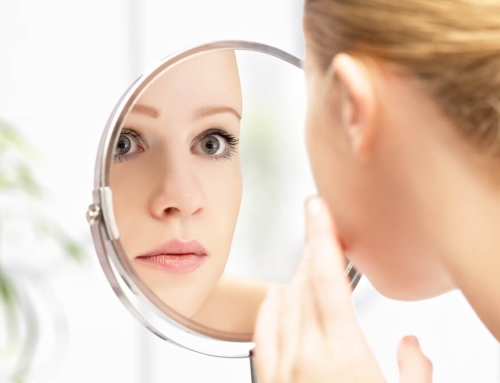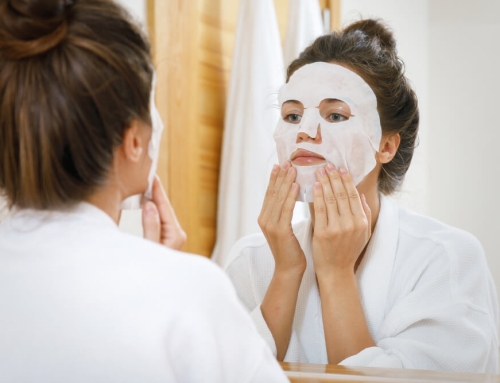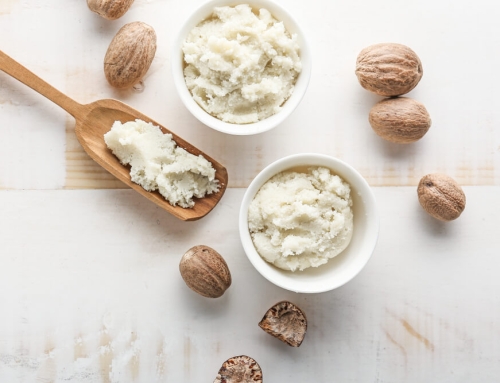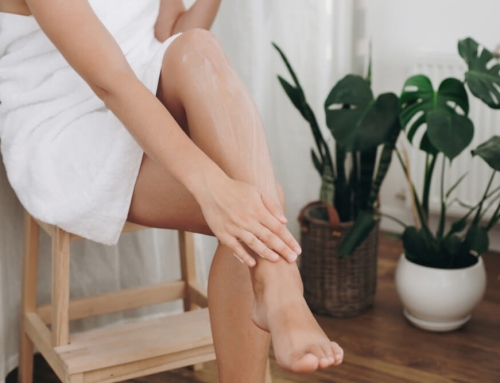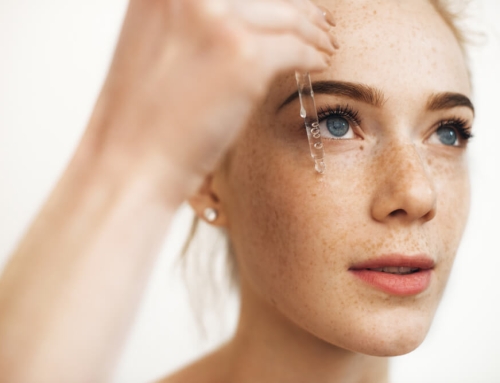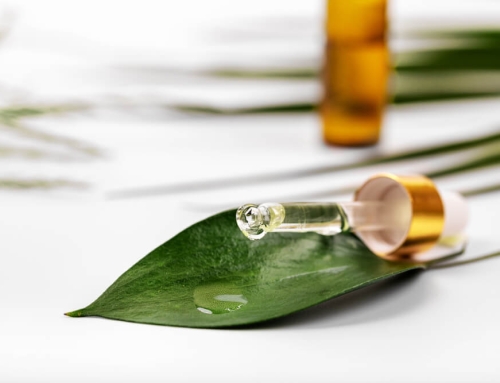Skin is the largest organ of our body. Thank goodness we all have it, our skin is our biggest protector. And though we all have skin, we don’t all have the same skin. Differences in ethnicities and skin tones carry with them different skin issues and must be cared for in different ways. Light skinned people, dark skinned people, Asians and Latinos are all subject to these differences as they develop fine lines, skin spots and skin sagging in different ways. Approaching ethnic skin care can be quite challenging as the skin can develop conditions like hyperpigmentation (darker discoloration) or hypopigmentation (lighter discoloration) if the right products are not used. But, before we move into skin care tips based on ethnicity, it is important to define and understand the ethnic skin. The best way to define ethnic skin is to use the Fitzpatric Skin Type Classification which divided the skin into six different types – Type I (ivory white) to Type VI (dark brown). Melanocytes (things that produce packages of melanin) are known to differ between races, but the difference isn’t all that striking. In the end, all people have just about the same number of melanocytes. What makes them different is the distribution of melanosomes in the keratinocytes. White skinned people (Types I – III) usually have their melanosomes in small sized aggregated complexes. On the other hand, darker skinned people (Type IV – VI) have larger melanosomes that are distributed all though the keratinocytes. This is the main reason why lighter skinned people are more prone to sun damage while darker skinned people enjoy increased protection from photo-aging. Now that the difference between the various types of skin is clear, let’s proceed to the tips for caring for your skin based on ethnicity.
Multiracial Skin
Generally, it is impossible for multiracial people to predict the future of their skin. In most cases, their aging depends on the characteristics that they have inherited. According to studies, most mixed race women can expect their skin to fall in between their parents. Aging is different from one person to the other, but there are some problems that all multiracial people face – flatter cheekbones and sagging tear-trough areas by the mid forties and mottled pigmentation.
Tips for Multiracial Skin
- Use sunscreens religiously – Make sure that you use broad spectrum sunscreens that offer you with SPF 30 sun protection 365 days a year. Apply the sunscreen 10 minutes before leaving the house and don’t forget to reapply once in every two hours you spend outdoors.
Light Skin
The whiter the skin, the more the signs of aging. Fair colored skin offers little or no protection against the harmful UV rays of the sun. This causes your collagen to break down and causes wrinkles and dark spots. However, light skinned people can be proud of the fact that they don’t have to worry about postinflammatory hyperpigmentation too much.
Tips for Light Skin
- Use sunscreens religiously – It is very important to ensure that you use a broad spectrum SPF 30 sunscreen 365 days a year. Lather on the sunscreen about 10 minutes before leaving your house and reapply for every two hours spent under the sun.
- Use retinoids ever night – Once you touch your thirties, wrinkles and spots are likely to start tormenting you. The best way to keep them at bay is to use retinoids. Retinoids can promote the normal maturation of your skin cells and help in making them smoother. This helps to prevent skin cancer as well.
- Don’t smoke – Apart from damaging the lungs, smoking is toxic for white skinned people. Since white skinned people are already susceptible to skin cancer, those who smoke, drastically increase their chances of getting it. In other words, white skinned smokers take their skin from the fast track into overdrive when it comes to wrinkling, aging and skin cancer.
Latin Skin
There are two types of Latinos – Light Latinos who age similar to white skinned people and Dark Latinos who age similar to dark skinned people. However, most Latinos have beige to brown colored skin. As a result, their aging problems appear about 10 years later than those with fairer skin. One of the most common skin complaints among Latinos is melasma, a condition where discolored brown patches appear in places such as the upper lip, forehead and cheeks.
Tips for Latin Skin
- It is important to use bleaching creams that contain things like kojic acid, hydroquinone or azelaic acid regularly.
- Using moisturizers that contain antioxidants like Vitamin C, Resveratrol, Idebenone or niacinamide to prevent further damage.
- Use proper sunscreens. SPF 30 sun protection is not enough. You need a broad spectrum cream that contains zinc oxide or titanium dioxide.
- Home-made remedies such as lime and lemons can lead to phototoxic reactions that ultimately lead to hyperpigmentation. Cocoa butter is also damaging as it can lead to hyperpigmentation and acne.
Dark Skin
Dark skin is considered to be the most protected when it comes to anti-aging, wrinkles and fine lines. Anyone with dark skin can smile, laugh and squint all they want. Fine lines and wrinkles won’t be a problem until they touch their fifties. However, darker skin is known to suffer from uneven skin tone problems and skin sagging. Basically, instead of wrinkles, many darker skinned people experience volume loss as they age. The widely dispersed and larger sized pigment cells make them susceptible to the slightest irritation as well.
Tips for Dark Skin
- Always choose night serums that help you to stimulate the collagen production in your skin. Sagging skin can also be treated using volume enhancing injections and radio frequency treatments.
- Bleaching creams that contain hydroquinone are an important part of the skin care routine for darker skinned women. However, these creams should only be applied on the dark spots and not the entire face. You should stop using bleaching creams as soon as those spots disappear and switch to creams that contain retinol, Resveratrol or glycolic acid instead.
Middle Eastern and South Asian Skin
Fine lines don’t show up until the late forties or early fifties because of the extra pigment in the skin. In fact, most middle eastern and south Asian women don’t end up developing permanent wrinkles at all. However, all such women also suffer from the curse of dark blotches and skin spots.
Tips for Middle Eastern and South Asian Skin
- Protect your skin from sun exposure by using broad spectrum SPF 30 sunscreens.
- Use skin lightening creams or lotions to break down the melanin in your skin.
- Using Retinol is a must. Retinols offer better results than hydroquinone when it comes to middle eastern and south Asian skin.
- Keep your acne issues in check in order to minimize the postimflammatory hyperpigmentation. The best way to do this is to use gentle cleansers, mild exfoliators and deep peels.
East Asian and Southeast Asian Skin
Most Asians dream of having radiant, lighter and luminous looking skin. The Asian skin usually has more melanocytes than white skin. This helps Asians to protect their skin from the sun, but it also leads to problems like melasma, uneven skin tones and brown spots. Asians are also known to be prone to seborrheic keratoses (brown bumps on the skin). These bumps need to be frozen, removed with a scalpel or cauterized.
Tips for East Asian and Southeast Asian Skin
- Use a bleaching agent like kojic acid or hydroquinone to take care of brown spots. Specialized lightening lotions can help you get faster results than traditional bleaching agents.


